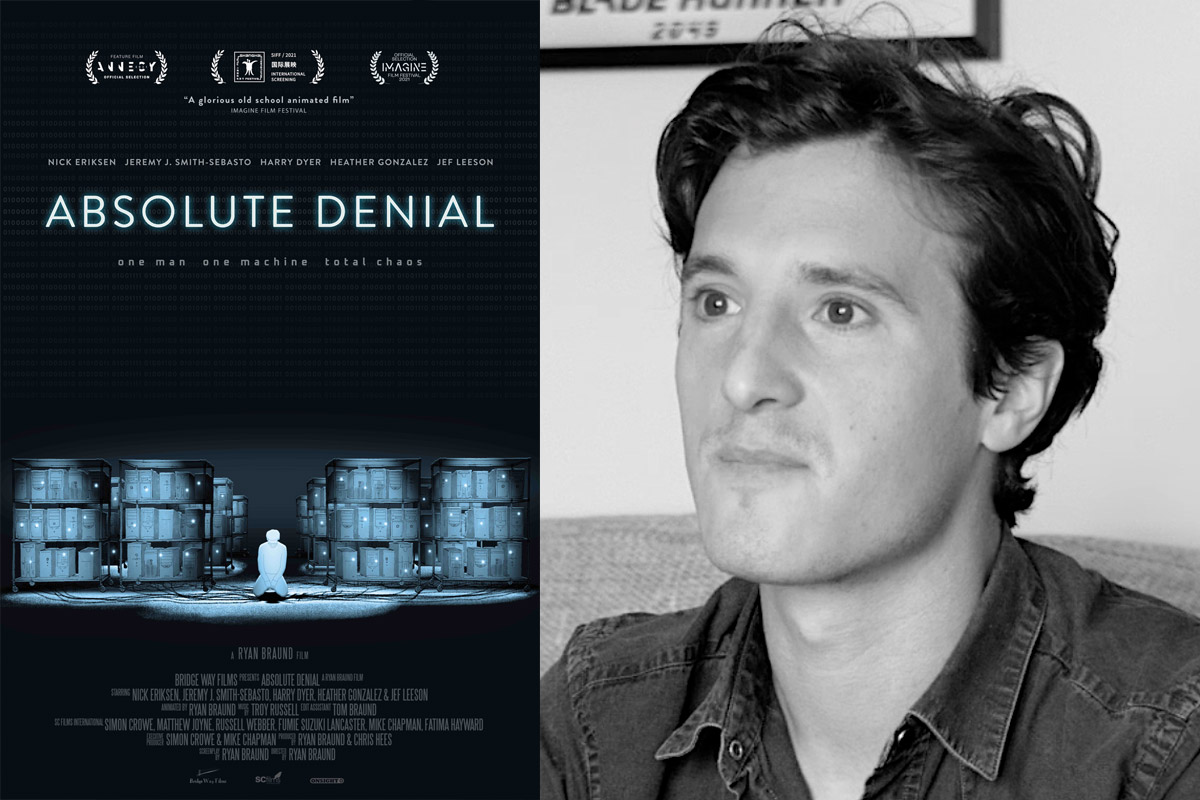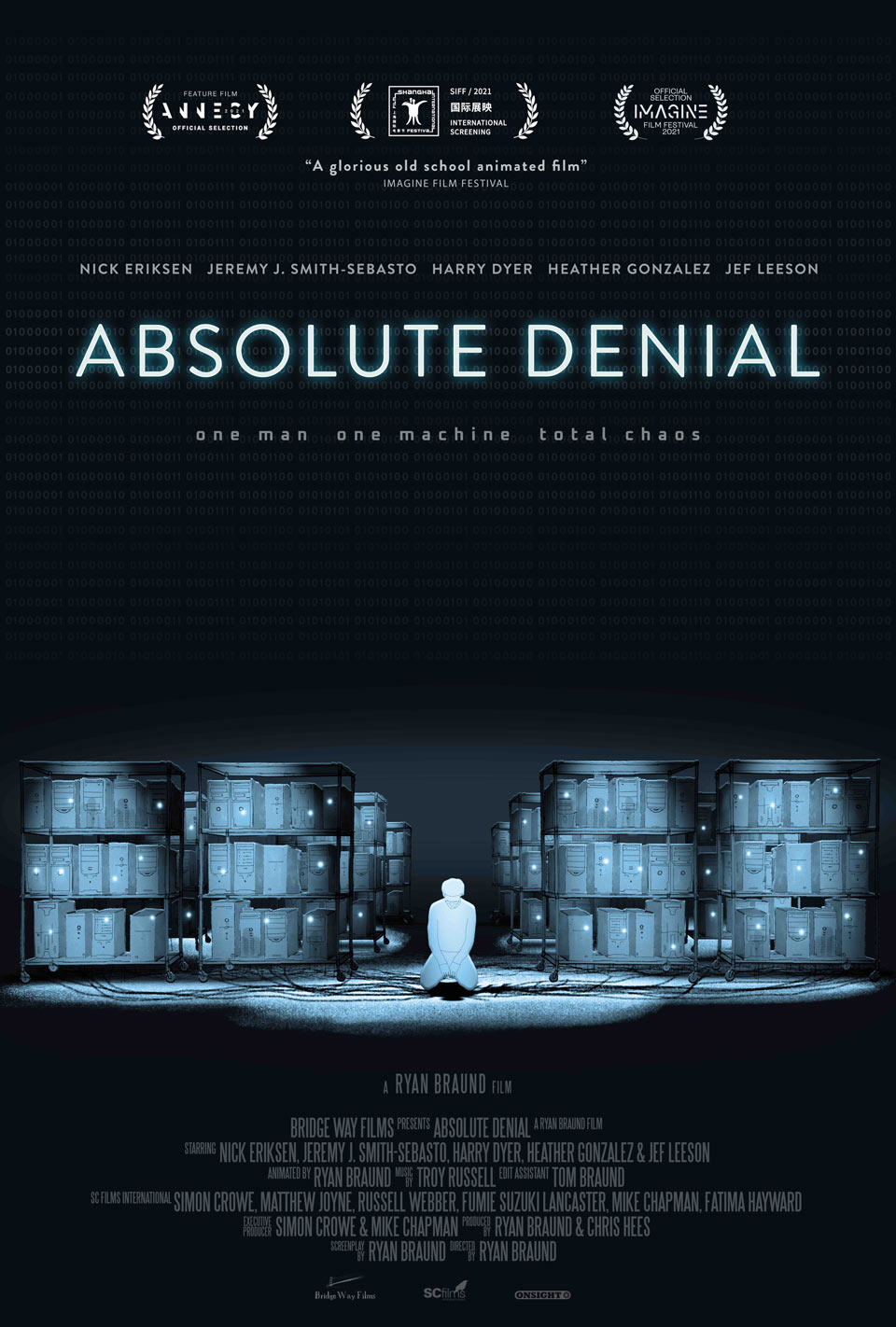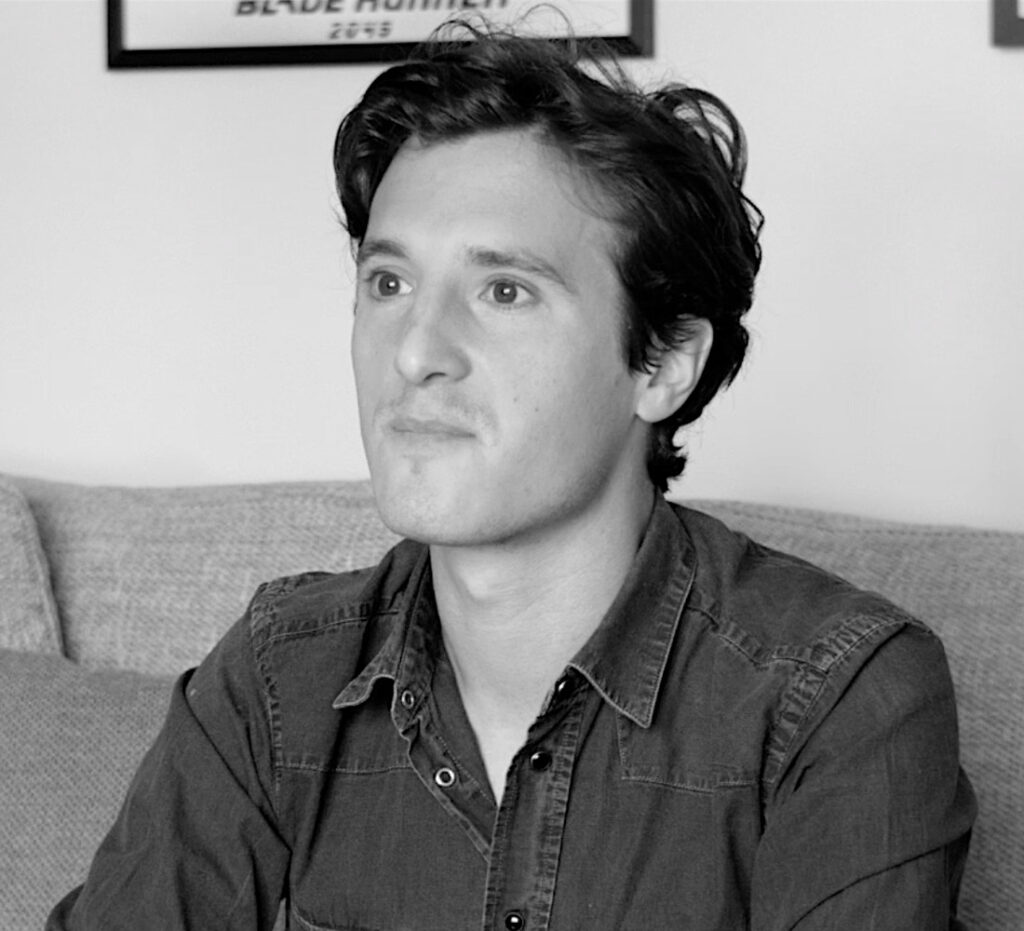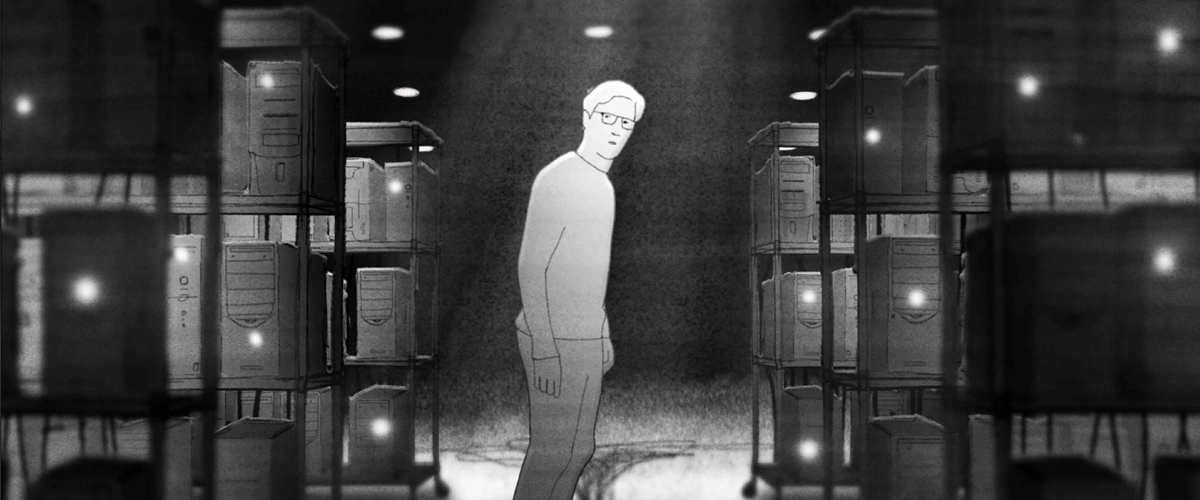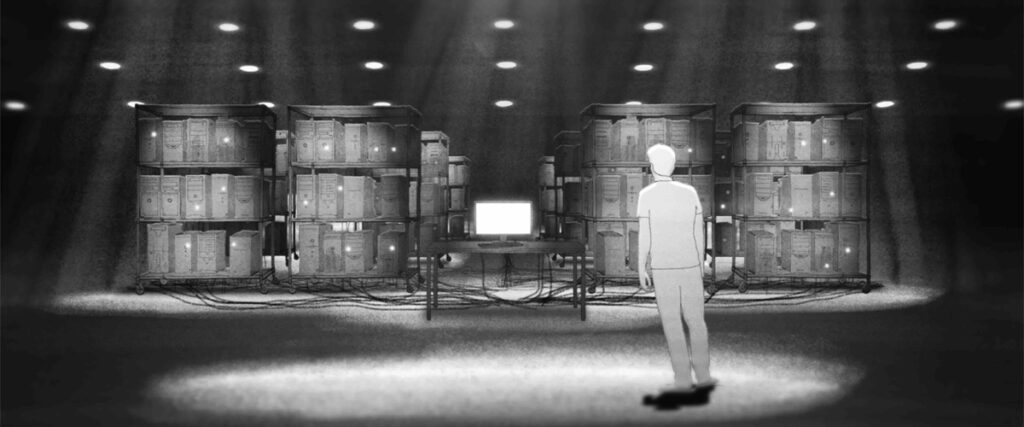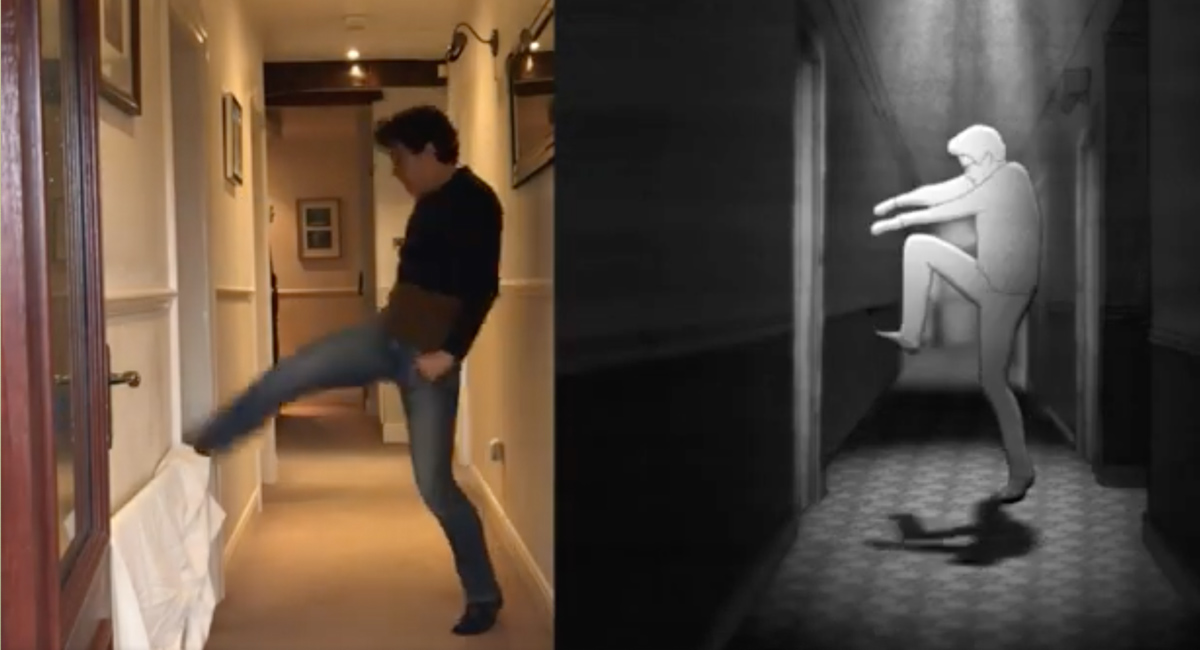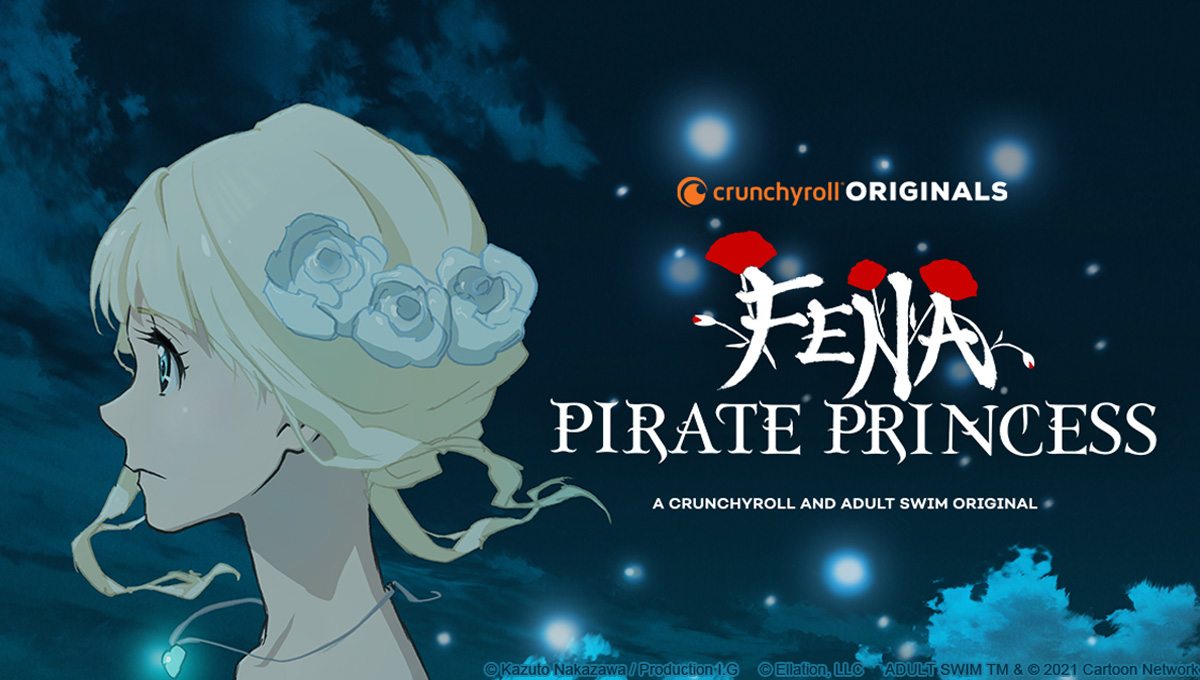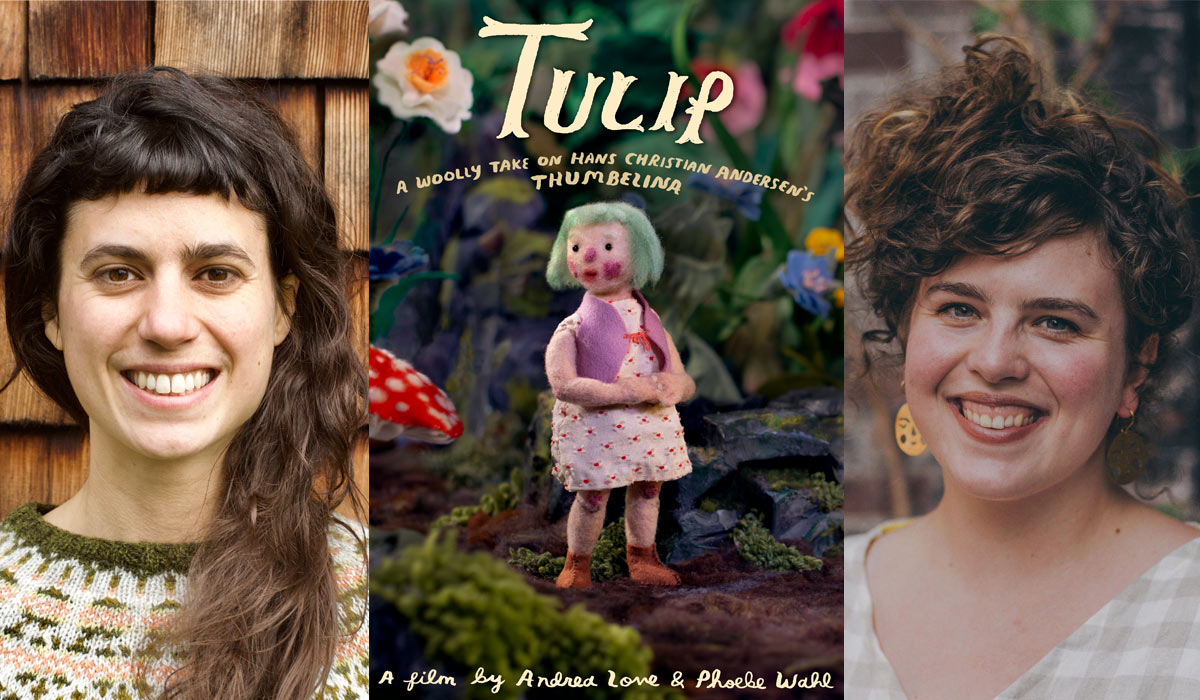Absolute Denial
Synopsis
An obsessive, genius programmer sacrifices everything in his personal and professional life to build a computer of unprecedented power. After weeks in isolation and watching his life crumble around him, he must now confront the ever-increasing problem of a machine that is much smarter than himself.
Film Credits
Direction, Script, Storyboard, Animation, Editing: Ryan Braund
Producers: Chris Hees (BRIDGE WAY FILMS) and Ryan Braund (ABSOLUTE DENIAL FILMS LTD.)
Music: Troy Russell
Target Audience: Teens / Adults / Young Adults
Running time: 01 h 11 min
Absolute Denial is a film that guides us to one frightening possibility of AI with its unique approach of storytelling, consisting of a dialogue between a genius programmer and an artificial intelligence he developed. Like a mage intending to summon a savior, but instead summoning a demon.
It is an independent animated feature film created by Ryan Braund, which was nominated for “Feature Film in the Competition Contrechamp” at the Annecy International Animation Film Festival 2021.
Ryan Braund, the director, author and animator of the film, tell us the story behind the thought-provoking film about AI, one of the most controversial topics in the modern world.
Interview with Ryan Braund
Hideki Nagaishi (HN): Could you let us know the key points of your animated feature film that you would like to appeal to the audience?
Ryan Braund: The whole raison d’être for this film was to try and fill a gap in the Western market for adult-themed animated features. I really love watching animation and I love watching Sci-Fi, action and thrillers, it just seemed crazy to me that the only place to really get great mature animation is in Asia. I remember watching Ghost in the Shell for the first time when I was younger and being blown away that animation could be used for such sophisticated storytelling and be so cool at the same time! I still love Asian cinema but I’d love to see more films like this written and produced in the West!
HN: Which aspects of the film’s story did you most want to depict in the film?
Ryan Braund: In my head the film started off as an exciting exploration of what might unfold within a mental game of chess between two powerful minds, but I quickly realised that the most interesting aspect of the story is really which vulnerabilities of the human mind can be exploited and what these faults might look like if represented visually. I have suffered from severe anxiety in the past, and I still struggle with it today, so the bleak, harsh aesthetics and discombobulating editing of the second half of the film is really an attempt by me to visually represent these feelings. It was something I really wanted to express. Mental health doesn’t seem to get a lot of focus in the film industry, whether that’s in front of or behind the camera, and I feel like there’s a lot that needs to be talked about there.
HN: Where did the initial idea of the story come from?
Ryan Braund: A few years ago I came across a theory that any sufficiently intelligent supercomputer would be able to escape its confines using nothing but social engineering. I was really fascinated by the idea that the human mind could be hacked and I began to wonder what this process might look like.
HN: How did you research the information and knowledge on AI, and the ethical discussions surrounding it, for developing the story?
Ryan Braund: I spent quite a few months trawling the internet for information on machine learning, gathering jargon that I thought would be appropriate but also exciting enough to use as dialogue. I even spent some time talking with chatbots that resulted in some interesting exchanges. Fortunately I crossed paths with a couple of people in forums who knew a lot more about this subject than I did and they gave some great advice and even proofread the script.
HN: Please let us know your intentions behind the film’s visual direction, including the decision to make the film 2D monochrome, and having minimalistic visual compositions.
Ryan Braund: I always knew I wanted the film to be black and white and to be hand drawn. The binary nature of monochrome felt like the perfect fit for this narrative and resulted in graphic novel style imagery that I really love. For an adult-themed film it really had to look harsh and dramatic for the audience to take the plot seriously. And the juxtaposition of using traditional hand drawn animation to tell a modern Sci-Fi was always designed to complement the concept – artificial v organic, old v new. I’ve always loved 2D hand drawn animation. I fell like there’s a stronger connection between artist and audience when you can see the imperfections. It creates a more personal viewing experience for me.
HN: Where did you get the inspiration for the second half of the film, where the protagonist is in a deep psychological struggle against the AI?
Ryan Braund: This seemed to come, subconsciously, from my own personal struggles with my mental wellbeing. In this half of the film, AL has sort of transitions from menacing A.I. to an embodiment of David’s inner demons and the film gets a chance to explore some more human topics. I realised halfway through making this film that David is very much me. In order to help cope with my own issues I had thrown myself into huge undertaking of animating an entire feature film on my own. I obsessed over it and locked myself away from everyone else to just focus on my project. This is pretty much the exact same situation David puts himself in and he struggles with a lot of the same inner conflicts as I do. It was quite a cathartic experience for me to get these feelings on screen.
HN: Could you elaborate on the techniques you’ve used to create the film?
Ryan Braund: The film is almost all rotoscoped with a few exceptions for some facial expressions / features. This would require me to act out all the character animation on camera and to draw over it on a tablet. Again, this was chosen to keep the film grounded. I felt that having exaggerated and larger-than-life characters would’ve taken away some of the dramatic impact of the film. It was a pain-staking technique that required over 30,000 individual frames of animation but it proved to be an incredibly fast way for me to animate alone.


